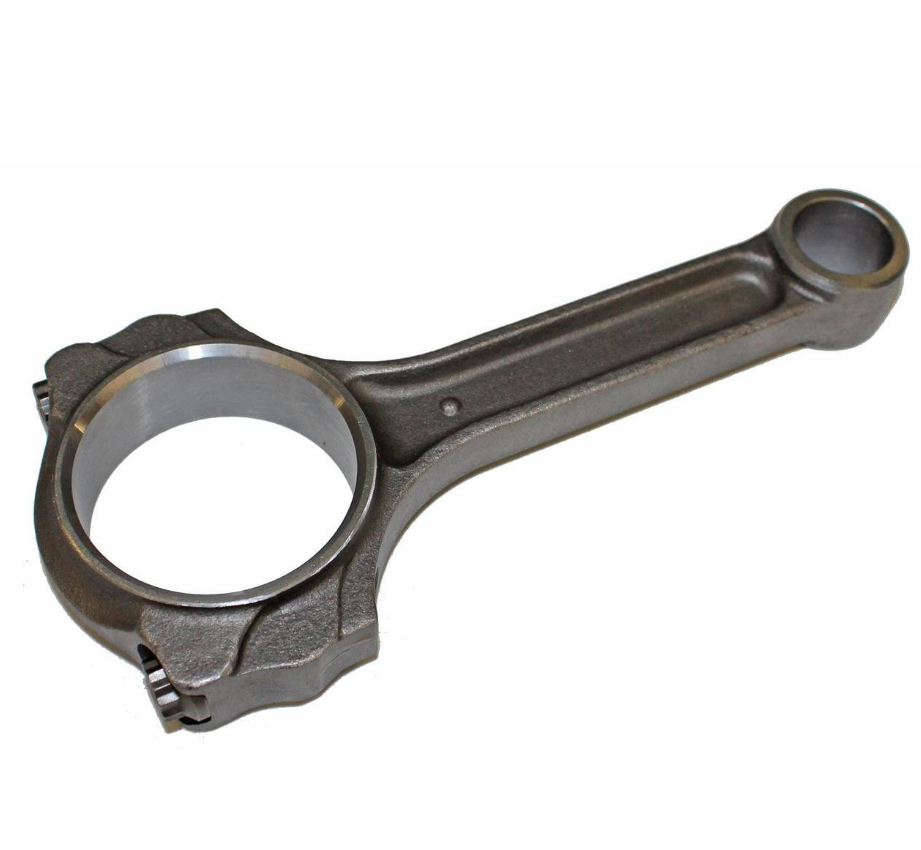A connecting rod bearing is an integral component within an internal combustion engine that facilitates the movement of the connecting rod. The connecting rod, which connects the piston to the crankshaft, pivots on this bearing to enable motion. The rod bearing is positioned in the big end of the connecting rod, and its main function is to provide a low friction surface that prevents metal-to-metal contact between the connecting rod and the crankshaft.

The Importance of Connecting Rod Bearings
Connecting rod bearings are a critical element in the functionality and longevity of an engine. Due to the high rotational speed of the crankshaft and the substantial forces transmitted through the connecting rod, these bearings are subjected to extreme conditions. They are designed to tolerate these forces and to minimize the wear and tear on the connecting rod and crankshaft.
Without a connecting rod bearing, the metal-to-metal contact could result in serious damage to the engine. The bearing ensures that the force from the combustion is smoothly transferred from the piston to the crankshaft, maintaining the rotational motion that propels the vehicle.
Material Selection for Connecting Rod Bearings
The choice of materials for connecting rod bearings is an essential aspect of their design. The most common materials used are aluminum, copper, and lead-based alloys, each offering specific advantages.
| Material | Advantages |
|---|---|
| Aluminum Alloys | High corrosion resistance, lightweight, and good thermal conductivity |
| Copper-Lead Alloys | Excellent fatigue strength and load-carrying capacity |
| Lead-Based Alloys | Excellent resistance to wear and tear, good embeddability |
Failure Mechanisms of Connecting Rod Bearings
There are several reasons why a connecting rod bearing might fail. These include oil starvation, particle contamination, misalignment, and overloading. Any of these can lead to excessive wear, scoring, or bearing seizure, and potentially catastrophic engine failure.
Oil Starvation: This occurs when there is insufficient lubrication reaching the bearing, causing it to heat up due to the increased friction.
Particle Contamination: Tiny particles can become trapped in the bearing, causing uneven wear or pitting on the bearing surfaces.
Misalignment: If the bearing isn’t perfectly aligned with the connecting rod and crankshaft, it can wear unevenly or even fracture.
Overloading: When the forces on the bearing exceed its design load, it can lead to plastic deformation and ultimately bearing failure.
Conclusion
In conclusion, connecting rod bearings play an invaluable role in the operation and life span of an engine. They are designed to handle immense forces and high rotational speeds, and their material selection is crucial to their functionality. With an understanding of the potential failure mechanisms, appropriate maintenance, and inspection routines can be established to ensure their longevity.
